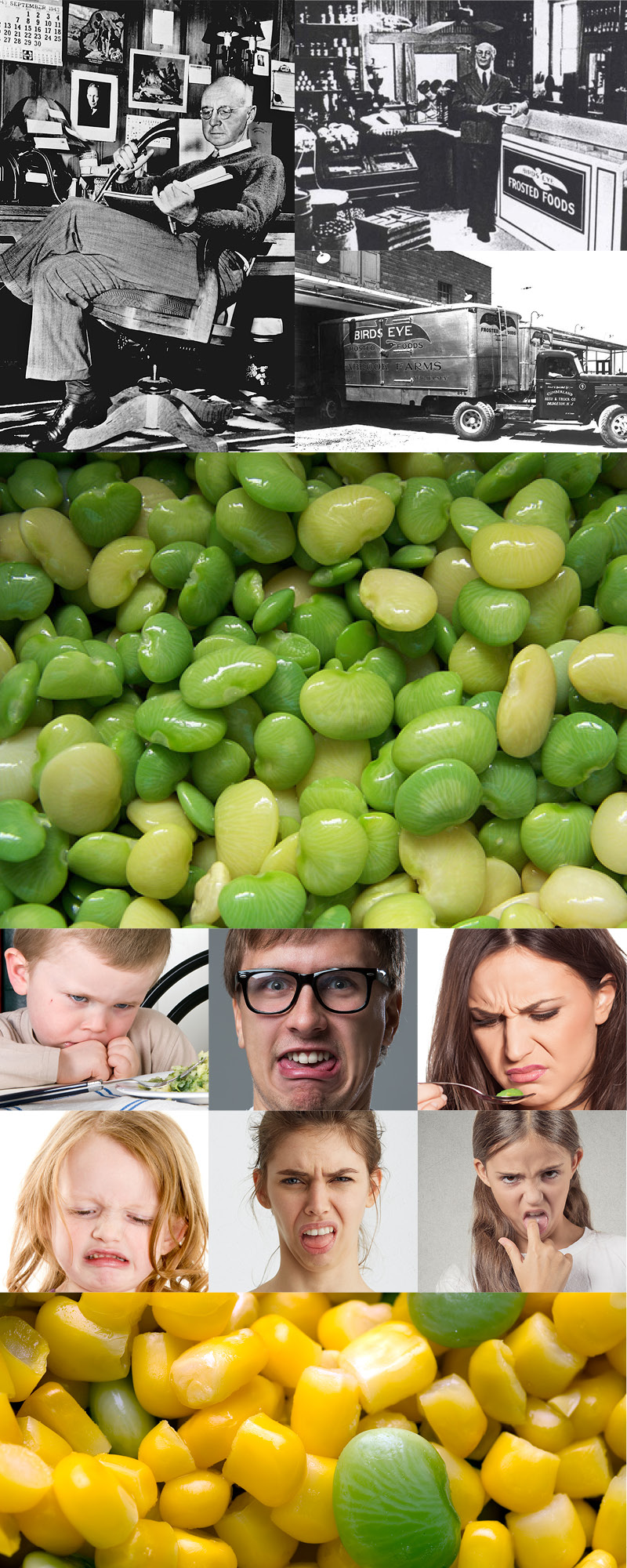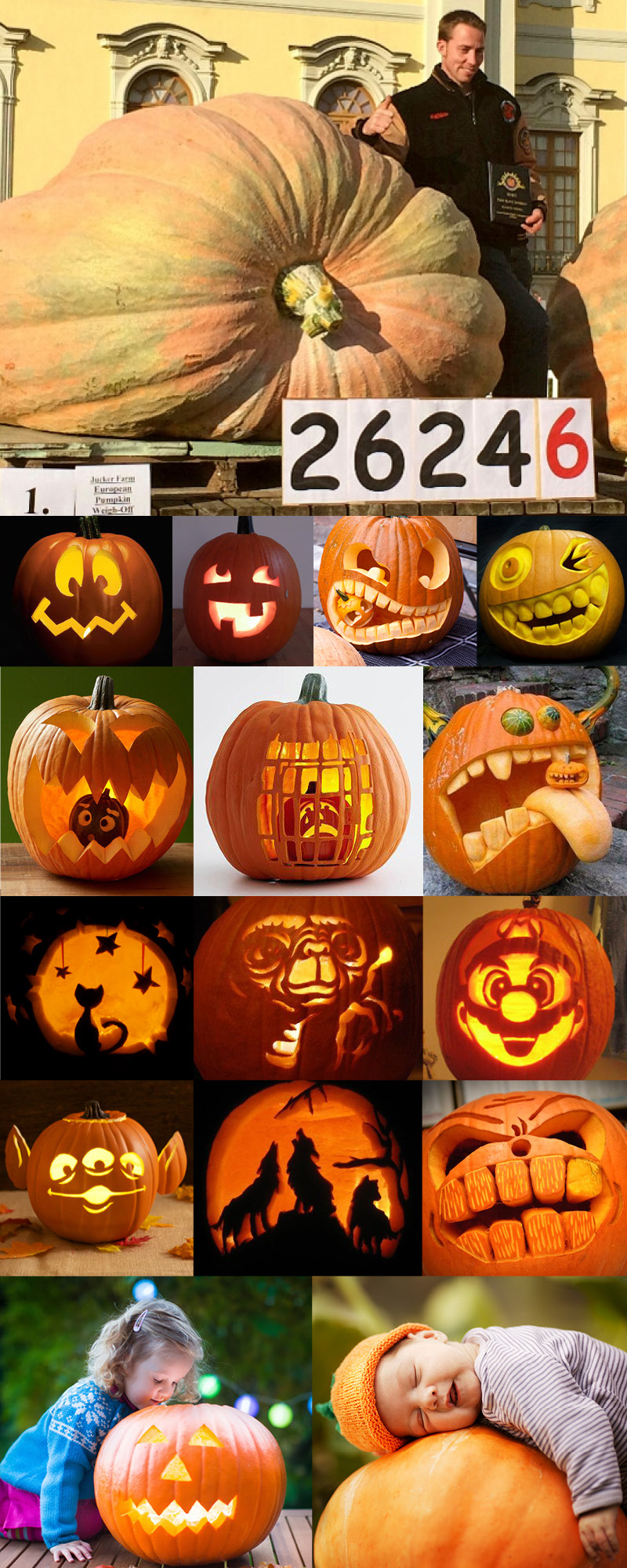OVERTIME

(top row left) In the first season of Gordie Howe’s incredible hockey career, the Detroit Redwings played for a record six overtimes in the Stanley Cup Playoffs semifinals. (top row middle) At the 1931 US Open, Billy Burke needed four full rounds to defeat George Von Elm in what remains the longest playoff in the history of golf. (top row right) In the 1936 World Table Tennis Championship, the match lasted 59 hours. And it took over two hours for the first point to be scored. My neck is sore just thinking about watching that match. (row two) In the 1912 Olympics, Estonian wrestler Martin Klein (right) grappled for nearly 12 hours against Alfred Asikainen in the semi-finals. He was so exhausted he couldn’t wrestle in the final but Estonia still loved this guy so much they honored him with his image on their postage stamp. (row three l to r) An epic game of chess in 1989 took over 20 hours only to finish in a stalemate. Really?? See all the moves in 16 minutes HERE. (16minutes, 46 seconds) And it took over two hours for the badminton final at the 1997 World Championships in Glasgow, Scotland to be decided. Watch the whole match HERE. (2 hours, 30 minutes) (row four l to r) So, sometimes these overtime matches are too much for the fans — and the players at a long Texas Rangers game. (row five left) These folks waited four long years to get to the 2012 Olympics…for a nap. (row five right) The Kansas City Royals knocked off the Oakland Athletics 9-8 in an extra-innings Wild Card game to advance to the next round of the 2014 MLB Playoffs but this guy missed Royals first baseman Eric Hosmer’s 12th inning triple that would ultimately win it. (row six left) In 2014 a courtside seat in front of cheerleaders couldn’t keep this guy awake during a long Sixers game. (row six right) This guy was fast asleep in the fourth inning of a 2014 Red Sox/Yankees game apparently because these teams are really bOOOOOORing. See the awesome TV commentary HERE. (1 minute, 42 seconds) (bottom) Not even a 2009 playoff game against his arch rival Eagles could keep this guy awake. Perhaps his tailgating session went into overtime??
It happened again. The “big college game” was an epic battle between two powerful teams, evenly matched, and tied at the end of regulation. So, to determine a winner, the contest went into what we know as “overtime”. For me, “overtime” at the office is sort of normal. Unlike most work crews, who track their time hourly, business owners like me, sales staff, and management typically spend more time than the traditional 8 hour day. Add to this the 24/7 use of cell phones, email and instant messaging, a “regular work day, designed at the turn of the century, seems like a thing of the past. With my crazy habit of coming into the office super early, I think I invented a new time of the day … “undertime” – it’s my time when I can organize my thoughts, reshuffle what’s on my day’s agenda, and address those wonderful PIA (pain in the @#$) Jobs! you send our way. I love it, and find it’s just the way I roll. I also get to play my favorite music really loud and sing along without getting reported to HR! In our KHT way, here are some fun facts and trivia about extra-long contests, and a bit about the history of the workday and overtime. Enjoy, and special thanks to electro-mech.com, Wikipedia, MSN.com and replicon.com.
CRAZY SPORTS CONTESTS
- During the 2010 Wimbledon Championship, John Isner and Nicolas Mahut played out a first round match of epic proportions. The American and the Frenchman were at it for 11 hours and five minutes – a mammoth 183 games across three rain-interrupted days of absorbing tennis. Isner eventually triumphed 6–4, 3–6, 6–7, 7–6, 70–68 in what is the longest match in tennis history.
- In baseball, the 1981 game between the Rochester Red Wings and the Pawtucket Red Sox, in Rhode Island at the Red Sox stadium broke the record. It started at 7 pm and continued until 4:07 AM, lasting 32 innings. Oddly, the game was stopped and it didn’t start back up again for two months. It was not only the longest game in baseball history, but set the record for 60 total strikeouts, 219 total at-bats, and 14 at-bats by a single player in a game.
- Basketball also has its own record, set on January 6, 1951 between the Rochester Royals and the Indianapolis Olympians. While the score was 73-75, the game had six overtimes, lasting 78 minutes, (which equates to two basketball games)! Both teams, combined, had only 23 shot attempts during overtime, which is less than an average team would take in a quarter. During this game, there wasn’t any shot clock, which slowed the scoring chances.
- March 24, 1946 set a hockey record between the Detroit Red wings and the Montreal Maroons for the Stanley Cup Playoffs semifinal round. In the 1st game, the score was tied at ‘0’, and that led into overtime. The rule in playoffs in hockey is that games cannot end in a tie, so the teams must continue to play until someone wins. In this case, both teams played for six overtimes. Lasting 176 minutes; which is three times the duration of the average hockey game.
- American football also has its records. On December 25, 1971, the Miami Dolphins were playing the Kansas City Chiefs at what became the longest football game in the NFL history. The game duration was set at 82 minutes, 40 seconds; seven minutes longer than any other NFL game played. The Miami Dolphins finally won at a score of 27-24, and I am sure the attending fans were quite relieved.
- During their 1938/39 tour of South Africa, England played five test matches. Wally Hammond’s men won the third test, but the other four finished as draws. The last match of the series was a timeless Test (meaning the match would go on until a winner was decided) but even after 12 days (two of which were rest days) there was no result in sight and the England team had to leave in order to ensure they caught their boat back home! In full disclosure, still not sure about the whole “futbol” thing!
- Shiso Kanakuri, the father of Japanese marathon-running, took 54 years, 8 months, 6 days, 5 hours, 32 minutes and 20.3 seconds to finish the marathon he started at the 1912 Olympics. Kanakuri went “missing” from the race after suffering from exhaustion and never finished. Years later, Swedish authorities invited him to the celebrations commemorating 55 years since the Stockholm Olympics and requested him to finish the race he couldn’t all those years ago. The affable runner duly obliged.
- Peter Rasmussen and Sun Jun played out an epic 124 minute badminton final at the 1997 World Championships in Glasgow, Scotland. In the end, the Dane triumphed 16-17, 18-13, 15-10 over his Chinese opponent to be crowned world champion.
- In 1912, Martin Klein, an Estonian who fought for the Russian empire at the 1912 Stockholm Olympics in Sweden, grappled for an astonishing 11 hours and 40 minutes against the then reigning world champion Alfred Asikainen in the semi-final, before winning what remains the longest wrestling match in history. Klein was so exhausted after the clash that he had to forfeit the final match against Swedish wrestler Claes Johansson and settle for the silver medal.
- At the 1931 US Open, Billy Burke vs. George Von Elm, Burke needed 72 holes (four full rounds) to defeat Von Elm in what remains the longest playoff in the history of golf. At the time, there was no provision for sudden death, something that is part of the game now, meaning that the Burke-Von Elm battle will remain hard to beat.
- Highlighting the 1936 World Table Tennis Championship in Prague, the match between Alex Ehrlich and Paneth Farcas lasted 59 hours, and it remains the longest table tennis match in history. In this epic battle, the first point itself lasted an unbelievable two hours and 12 minutes.
- In 2015, two 11-a-side teams from Testlands Support Project (a Southampton charity), in Southampton, 36 players played out a marathon 101-hour long match last summer to set a world record for the longest football( SOCCER FOR FOLKS LIKE ME!) match ever played, and it was all done to raise money for charity. The players took breaks to get physiotherapy, food and sleep on their way to the record books.
- In 1893, Andy Bowen and Jack Burke played out a marathon bout that lasted 111 rounds – each round was three minutes long – that lasted seven hours and 19 minutes until the referee called “no contest” after both men were too dazed and tired to continue.
- Ivan Nikolic and Goran Arsovic Belgrade played out an epic game in Belgrade Yugoslavia in 1989 that lasted 269 moves and took 20 hours and 15 minutes: it ended in a stalemate. At the time, the chess governing body FIDE had modified the fifty-move rule to allow 100 moves to be played without a piece being captured in a rook and bishop versus rook endgame, which allowed the match to go on for so long. FIDE has rescinded the rule since, meaning that the Nikolic-Arsovic record will be hard to surpass.
ON THE WORKFRONT
The concept of “overtime” as we understand it existed long before the word came into being. When the U.S. began tracking workers’ hours in 1890, it found the average workweek for a full-time manufacturing worker to be a staggering 100 hours! The inception of overtime results from the tireless efforts of labor organizations, like the National Labor Union and the Knights of Labor, who simply wanted to curtail the long working hours of the average American worker. We should all be careful pining for a return of the “good old days”

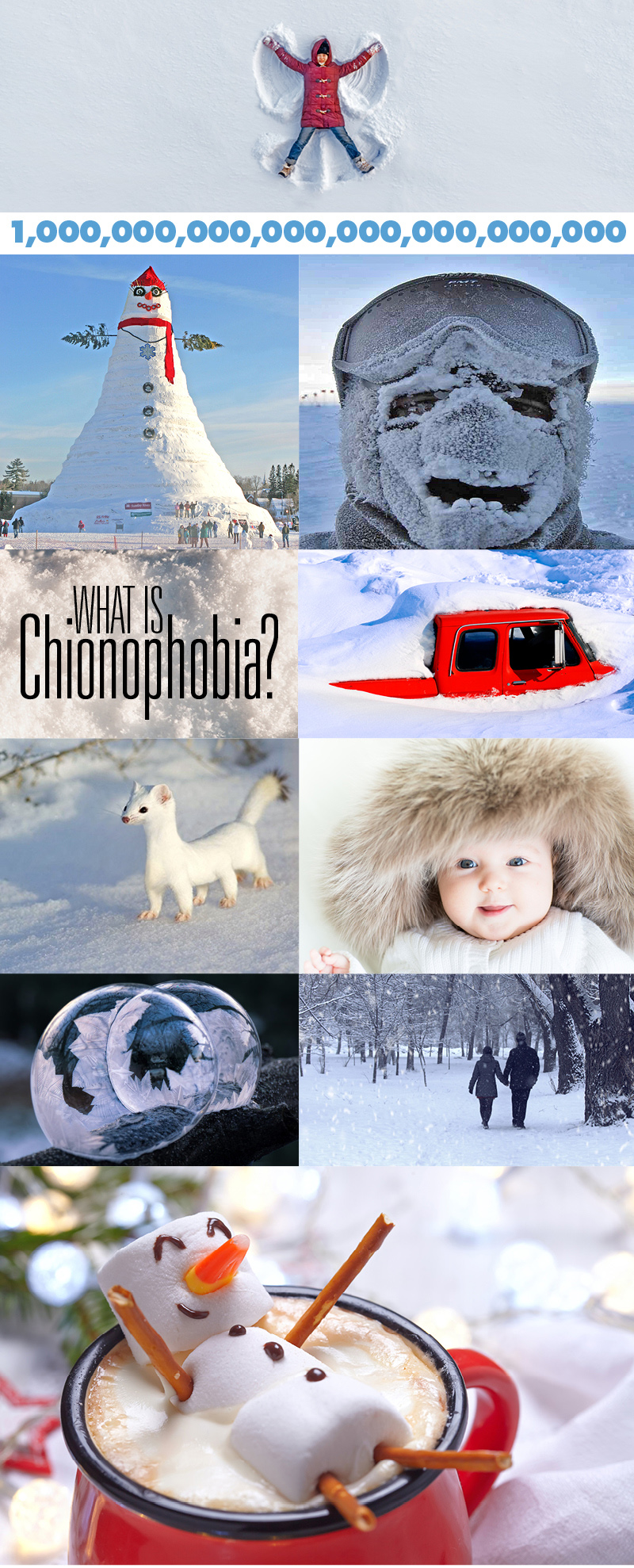
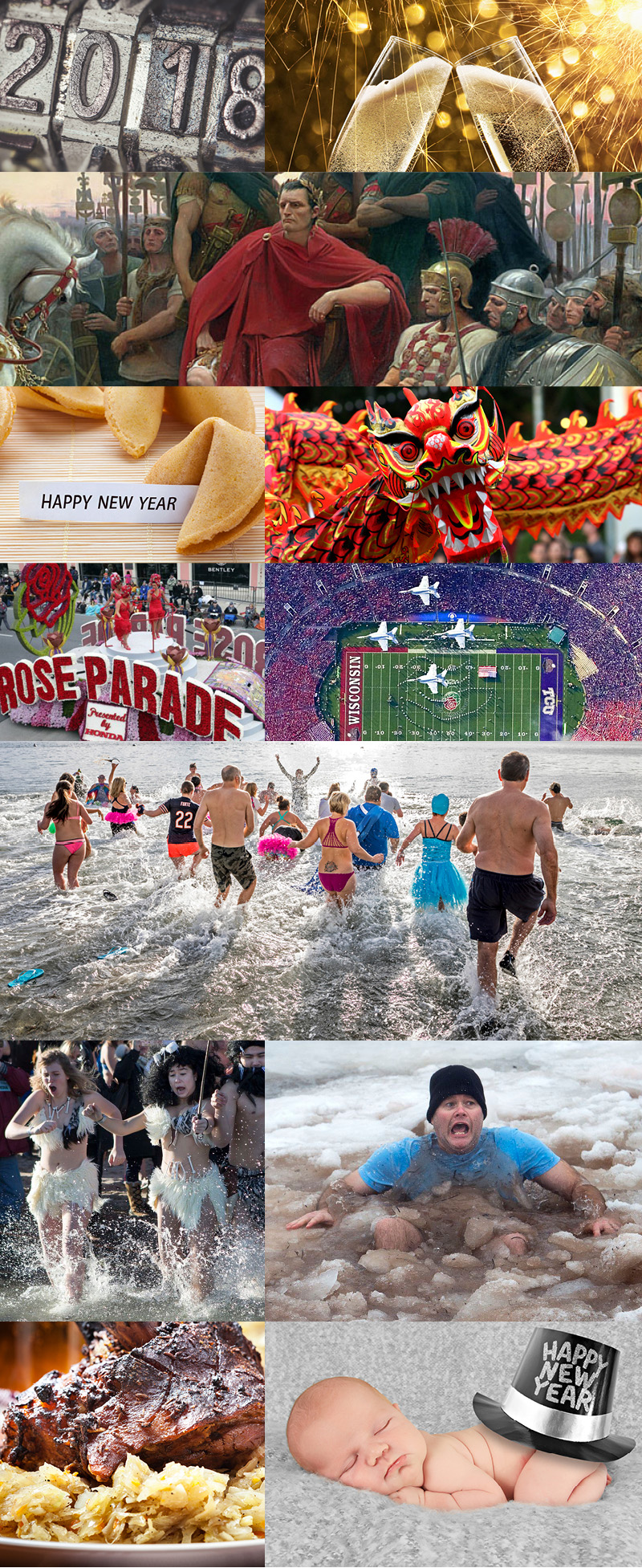
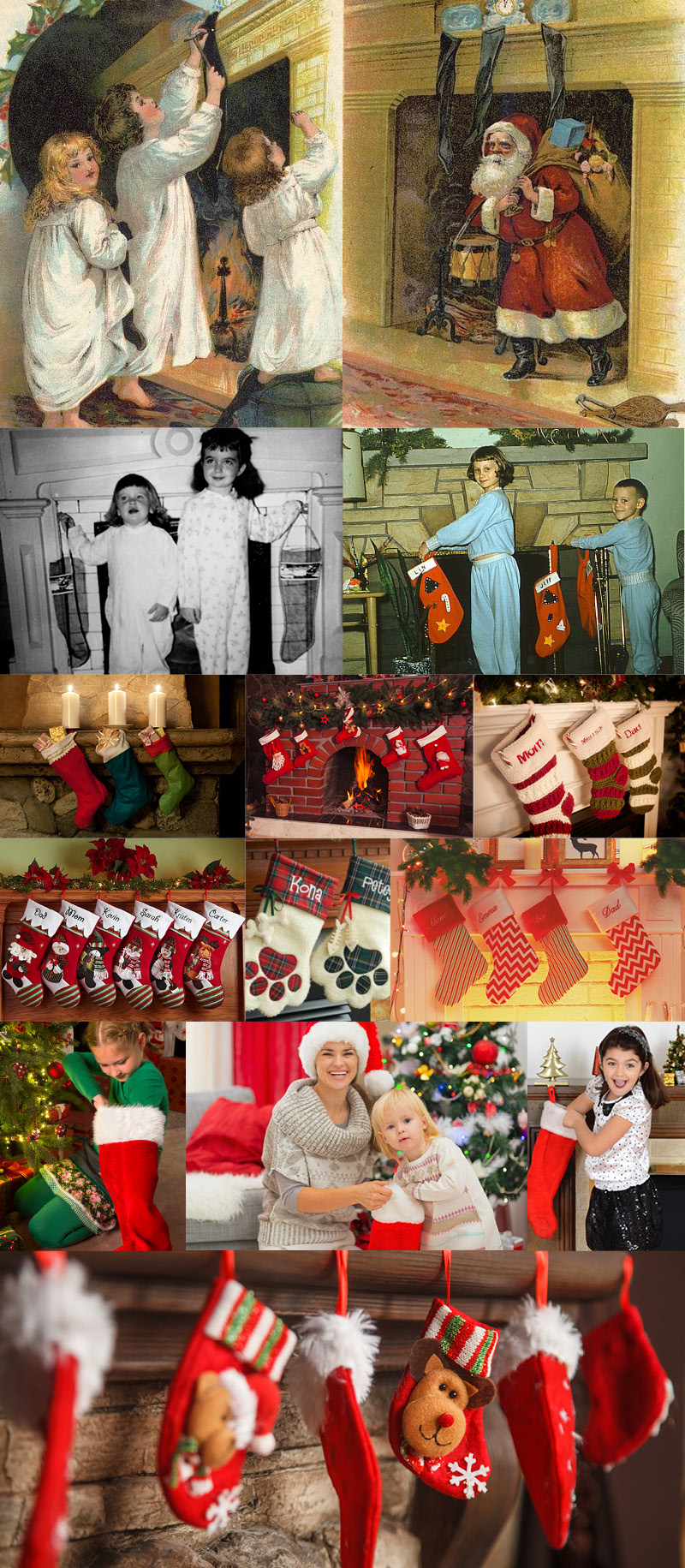

 Decorating the house inside and out is so much fun. Sharing in this season gives me a warm feeling, too. (and I do like warm) So whether you go all out or keep it manageable, be sure to enjoy your family, friends and maybe make a donation to folks & organizations who need our help.
Decorating the house inside and out is so much fun. Sharing in this season gives me a warm feeling, too. (and I do like warm) So whether you go all out or keep it manageable, be sure to enjoy your family, friends and maybe make a donation to folks & organizations who need our help.



